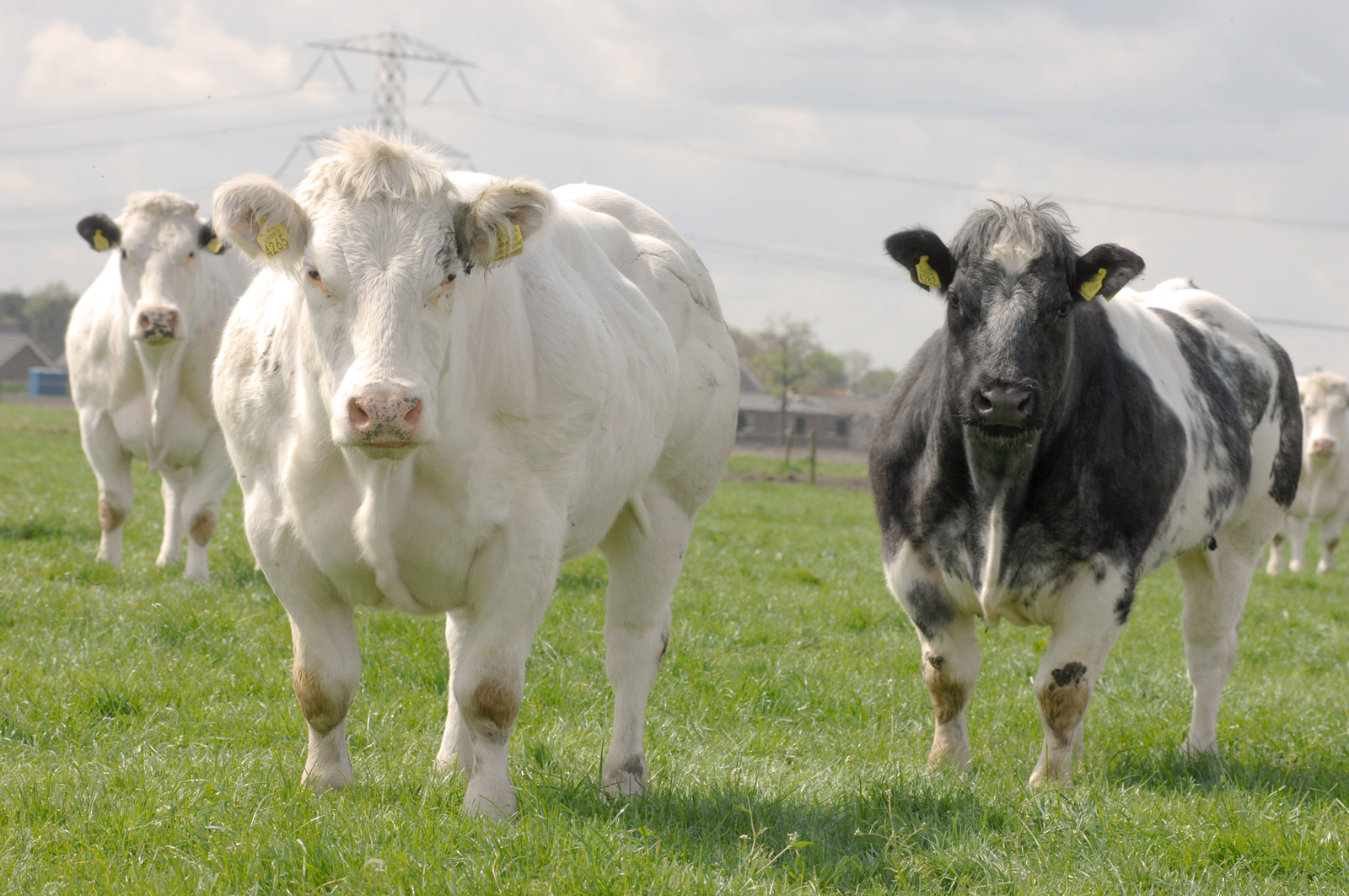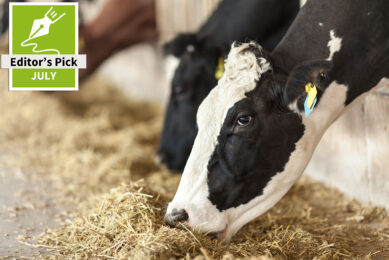Boosting cattle health with organic minerals

The application of organic minerals during transition results in healthier animals. This was the main finding of a large scale controlled trial on multiple Belgian Blue beef farms. In particular, there was improvement in the cows’ zinc and selenium status, colostrum quality and inflammation. Furthermore, the survival rate of calves was increased.
By Wilbert Litjens, technical manager, Selko Feed Additives
The transition period is a crucial time and has a major effect on farm profitability for both dairy and beef cows. Giving birth, new lactation and starting the breeding cycle place heavy demands on the cow. It is therefore critical that the cow is in optimal shape and that nutrition is adapted to the transition in order to support the cow. Selenium (Se), copper (Cu) and zinc (Zn) deficiencies are frequently observed in cattle throughout Europe. The Belgian Blue (BB) breed is particularly prone to these deficiencies because of its high requirements and relatively low feed intake. Deficiencies in trace minerals weaken the immune system and can make animals more susceptible to disease. An epidemiologic study conducted in 2009, Guyot et al, showed that low plasma mineral levels were correlated with higher incidences of health issues and lower performance in both dairy and beef herds.
Transition trial
In order to examine the effect on cows’ mineral status, performance and health, 50% inorganic Zn, Cu and Se were replaced with organic Optimin Zn, Cu and SeY. Professors F. Rollin and H. Guyot from the Clinical Department of Production Animals, Faculty of Veterinary Medicine at the University of Liège executed a controlled trial in cooperation with Nutreco R&D, Trouw Nutrition Belgium and Selko Feed Additives.
A total of 830 cows at 13 selected BB farms in Belgium were paired randomly in two equal groups. Each group was fed inorganic minerals (control group) or the organic Optimin minerals (trial group). Cows were given the minerals supplement minimum two months before calving. Both supplements had the same total level of minerals.
Neither the farmer nor the researchers were informed about which group was fed organic minerals. Supplementation ended at or closely following calving, as the cow and calf moved to the pasture depending on farm and weather conditions.
Samples were taken from the dams and the colostrum at pre-defined points in time. During the analysis cows were grouped, based on plasma values, into deficient, marginal or sufficient, for each of the minerals stated. The limits are shown in Table 1. Furthermore, farmers recorded data on the health and growth of the dams and calves.
Benefits
On average, cows were given the minerals supplement three months before calving. No differences between the groups were found at the beginning of the trial. At the start 152 of the 175 cows sampled (87%) were selenium deficient and a third of all the cows were iodine deficient.
One of the most impressive results shows the number of calves that died: 17 in the trial group versus 23 in the control group. The calves’ growth was influenced primarily by the management and feeding on the farm.
Selenium levels in plasma and colostrum were consistently and significantly (p<0.05) higher in the trial group. Colostrum selenium was double the level in the trial group compared with the control group (273 µg/kg versus 139 µg/kg). In addition, the number of cows being non-deficient was significantly lower in the trial group. Figure 1 compares the development of selenium in plasma between the groups during the trial period. IgG colostrum levels were on average 5.8% higher in the trial group (non-significant).
A higher level of selenium in plasma indicates a larger selenium availability for the production of anti-oxidant and anti-inflammatory selenoproteins. These are needed for the dam to recover from the calving. Moreover, organic selenium is transferred in the uterus towards the foetus, which will then have a higher selenium status at birth and will be more viable.
Improved zinc status after calving
Zinc levels were at reasonable levels at the start of the trial. No cows had a deficiency; however 47% of the cows had a marginal zinc status and in 53%, the level was sufficient. Two weeks before calving, 64% of the cows were sufficient in plasma zinc, with no difference between the groups.
Two weeks after calving, a clear difference in zinc status was observed. In the trial group, 82% of the cows had a sufficient zinc status versus 61% in the control group (p=0.08). At the end of the trial, there was no difference between the groups.
An improved zinc status after calving was also observed in a trial involving the high performance dairy herd at Nutreco Ruminant Research Centre. This trial once again confirms the impact of organic minerals on the zinc plasma status during the transition period.
Zinc is required in over 300 enzymes for anti-oxidant protection, hoof and bone growth, tissue recovery and growth. A zinc deficiency in cattle is most easily recognised by a less shiny coat. No differences in copper status were observed as the majority of the cows (82%) were already sufficient at the start of the trial.
Fewer inflammations
Almost all BB calves are born by Caesarian section, therefore they are better comparable than natural delivery. However inflammations are present after all sorts of deliveries. Inflammation can be best estimated by analysing haptoglobin in plasma. The limit value for a severe inflammation after Caesarian section is 150 mg/l, and the higher the haptoglobin value, the more severe the inflammation. Figure 2 shows the farm average per group. Haptoglobin two weeks after calving was significantly lower in the trial than in the control group. A few cows had zero haptoglobin, indicating that there was no inflammation at all. Recovery of the uterus wall has a major influence on implantation of the next embryo. Good recovery with no serious inflammation promotes uterus wall healing. Moreover, the cow feels healthier, experiences less pain, continues to eat and produces sufficient milk for the suckling calf.
Satisfied farmers
The results of the trials were presented to the participating farmers; they were satisfied and unanimously in favour of using the organic minerals in the future. The extra costs involved in using organic minerals were largely outweighed by the benefits: more calves alive and healthier cows.
Supplementing organic minerals in transition cows clearly yields benefits for the cows and supports the immune system. With both beef and dairy cows, the organic minerals have proven positive effects on health and subsequent performance.











